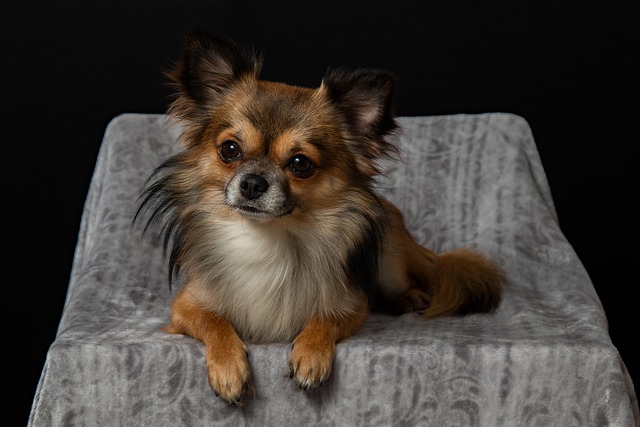
Can I use coconut oil to make hair conditioner for my dog
If you’ve ever finished bathing your dog, reached for the bottle of dog conditioner, and realized it’s empty—staring at a jar of coconut oil in your pantry instead
There’s nothing quite like the majestic flow of a Collie’s coat or the soft plume of a Sheltie’s tail, but that beauty comes with a price: maintenance. If you’re staring down your long-haired best friend thinking about the cost of groomers or the challenge of summer heat, doing it yourself can be a rewarding solution. But where do you even begin? The process is less about achieving a breed-standard show cut and more about prioritizing health, comfort, and safety for both of you.
Your first step is never the scissors—it’s the brush. Mats are the enemy of a healthy coat. These tight knots trap moisture, irritate skin, and are painfully pulled with every movement. Breeds like Newfoundlands and Bernese Mountain Dogs are especially prone. Before any trimming, a full and gentle detangling session with a slicker brush and an undercoat rake is non-negotiable. If you encounter a severe mat, never cut it out with scissors; you risk severely cutting the skin folded inside. Instead, use a detangling spray and work it apart with your fingers or carefully use the tip of a clipper with a safe guard comb to slide underneath and break it up.
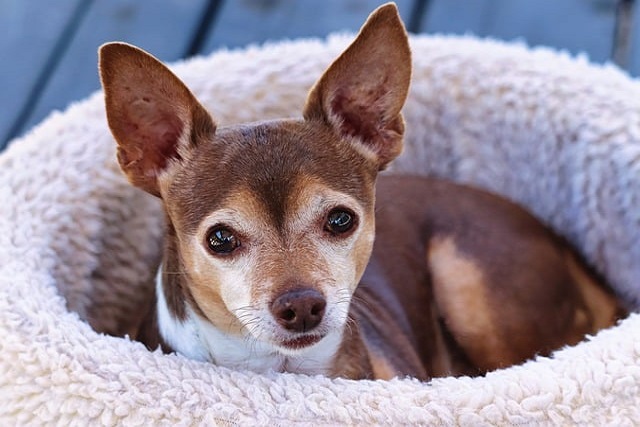
Now for the trim. Focus on high-traffic areas: the paws, the back of the legs, the belly, and the sanitary area. For paws, carefully trim the hair between the pads with blunt-tipped scissors to prevent slipping on your hardwood floors and to stop ice balls from forming in a Chicago winter. For the sanitary area, cleanliness is key for health and comfort. Use clippers with a very safe guard comb (#10 is common) to carefully shorten the hair around the belly and rear, always moving in the direction of hair growth. Remember, the goal is hygiene, not perfection. This is where positive reinforcement is crucial; offer a high-value treat after each paw you finish to build a positive association, making the next session easier.
This hands-on care aligns perfectly with being a responsible pet owner in your community. A well-groomed dog is far less likely to bring excess dirt and shed hair into shared apartment building hallways or a friend’s car—a simple courtesy that’s greatly appreciated. Furthermore, regular grooming sessions are your first line of defense. They allow you to check for ticks after a hike in upstate New York, spot a hidden rash, or detect a tender spot early. This proactive care complements your legal duties, like ensuring your dog’s rabies vaccination is always current—a universal law in the U.S.—and always carrying those waste bags on your walks to uphold local ordinances.
Finally, know your limits. Some tasks, like expertly shaping a Spaniel’s ears, are best left to professionals. If you feel overwhelmed, consider a “hybrid” approach: have a groomer do the complex body work every few months, and you maintain the sanitary and paw trims in between. This keeps your dog comfortable, reduces your stress, and strengthens your bond through gentle, positive handling. The final result isn’t just a tidier dog, but a happier and healthier companion.

If you’ve ever finished bathing your dog, reached for the bottle of dog conditioner, and realized it’s empty—staring at a jar of coconut oil in your pantry instead
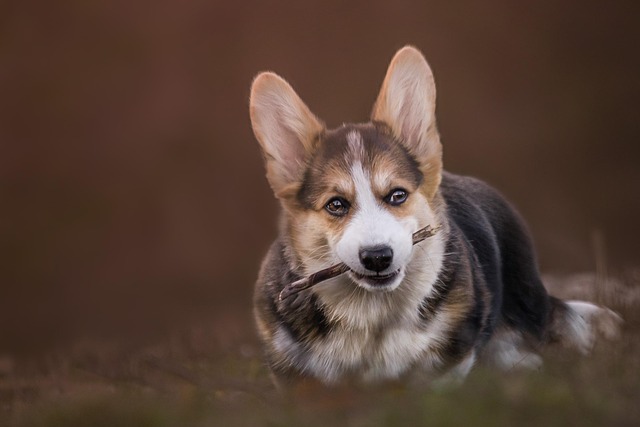
If you’re a new dog parent in the US—maybe you’re sitting on your New York apartment floor, watching your 1-year-old Golden Retriever
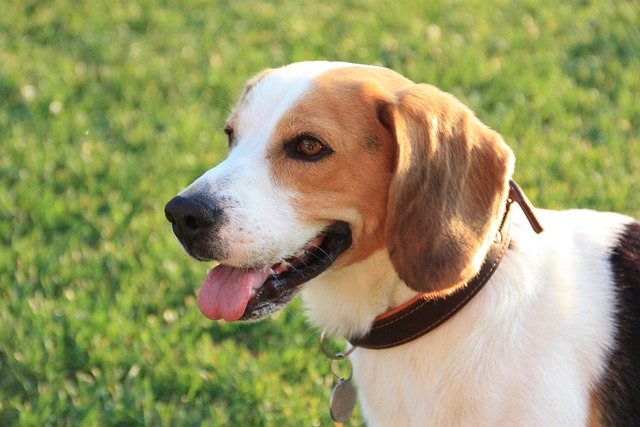
If you’re a new dog parent in the US—maybe you’re sitting on your Arizona apartment floor, holding your 6-month-old Beagle’s ear open with one hand

Most Labrador owners start wondering about their pup’s coat change around the time those tiny paws turn into bigger, more energetic ones. Typically, Labs begin losing their soft puppy coat between 4 and 6 months of age.

If you’re a new dog parent in the US—maybe you’re staring at your Texas apartment counter, holding a $200 groomer bill for your Goldendoodle’s last trim
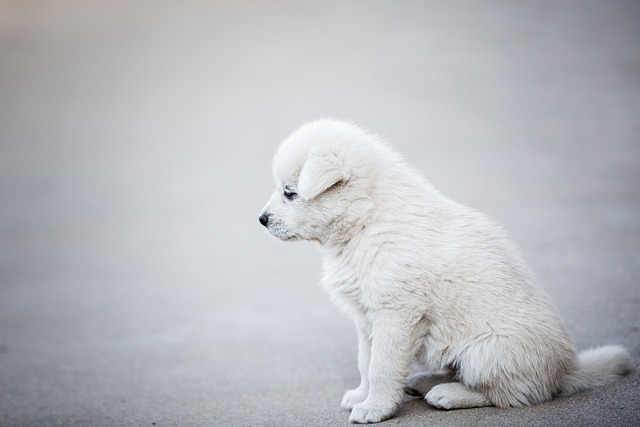
Finding loose fur on your puppy’s bed or your couch can make any new owner pause—wondering if it’s a sign of trouble or just part of growing up.